Humans have created our fair share of breeds, with hundreds coming and going over the millennia. Many, like the Chinese Happa dog, have disappeared over time, but others are enduring, remaining just as (if not more) popular today.
Today, we’ll share a few of these ancient dog breeds and dive into their origins. Let’s jump right in!
The Origin of Domestic Dogs
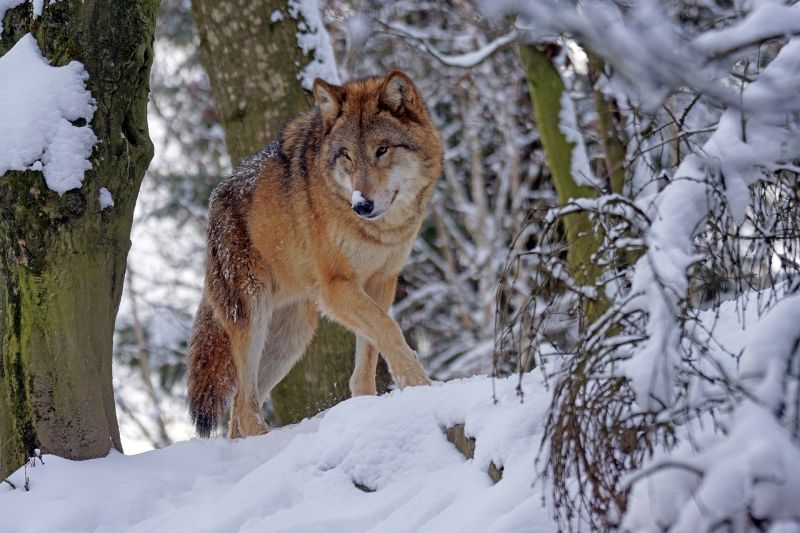
The origins of dog domestication are hazy at best, but most experts agree that domestic dogs are relatives of an extinct wolf species that once roamed the earth. They’re not, as is commonly thought, the direct ancestors of the modern gray wolf we see running around northern forests today.
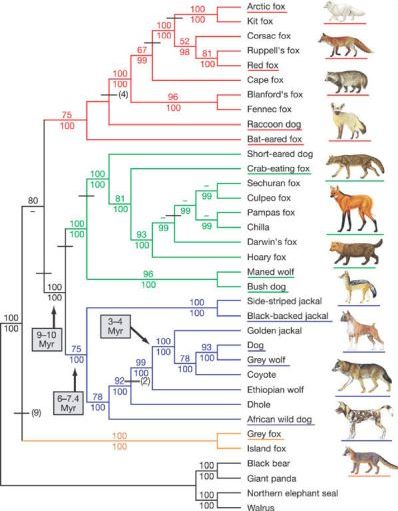
The who, what, when, where, and why of the initial domestication event(s) varies from scientist to scientist, but fossil records show that domesticated dogs have existed around the globe in Asia, Europe, Africa, and the Americas for thousands of years and have held multiple roles in human life.
Through domestication, dogs have lost several key aspects of their ancient ancestors, such as losing some of their pack-hunting skills in favor of following the direction of humans.
Their appearances have also changed significantly — largely as a result of human selection efforts.
For example, many breeds have lost their bushy tails and pointed muzzles, trading them for thin or curly appendages and the highly controversial brachycephalic snout.
21 Ancient Dog Breeds
Now that we know where today’s modern mutts came from, let’s hone in on the most enduring breeds who have been by our side for thousands of years.
These ancient breeds are nothing to sneeze at, and after all this time, they’re more than talented at their jobs as companions, guardians, lap warmers, and more.
1. Afghan Hound
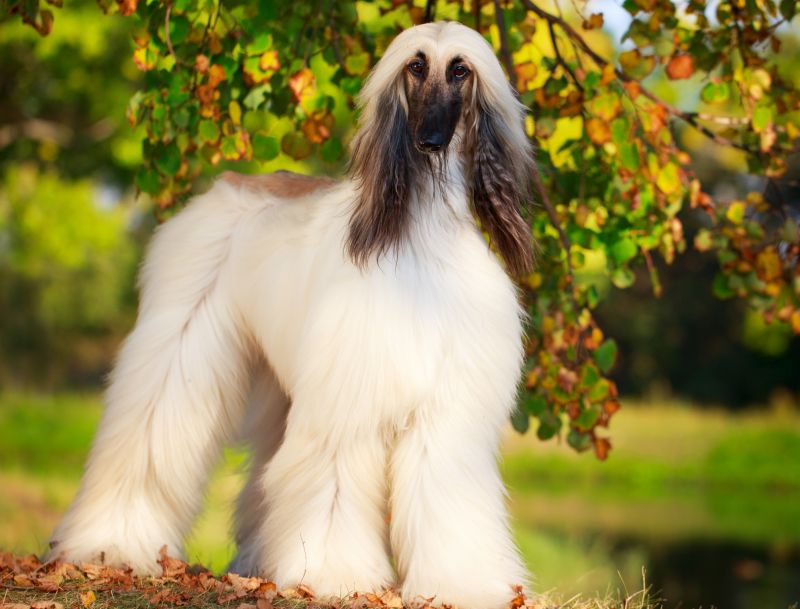
The Afghan is one of the oldest breeds, getting his start thousands of years ago in a remote region of what is now Afghanistan, Pakistan, and India.
Originally used as a hunting dog and status symbol, the breed earned its keep with ease and is still prized today for his speed and agility. This prey drive is deeply ingrained in him and other sighthounds, making off-leash romps in open areas too dangerous for the breed. He’s also not recommended for life with cats or other small pets, either.
The Afghan gets a bad rep for scoring low on dog intelligence tests, but the breed is far from dumb. Instead, he’s one of the most independent canines, preferring to do things his way. Training an Afghan hound takes a lot of patience and creativity, but in the end, you’re rewarded with a highly affectionate, loyal companion.
2. Akita
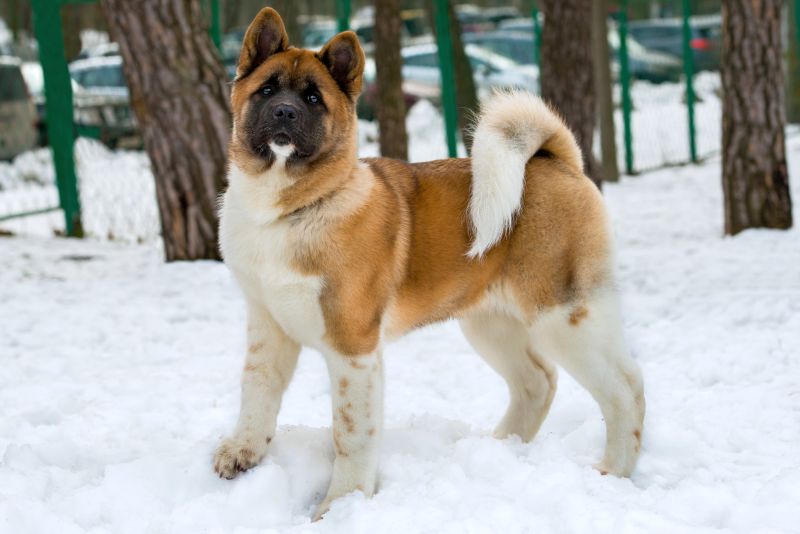
This super-sized spitz breed hails from Japan, where he got his start in the 17th century as a hunting dog for aristocrats.
His dense coat and size were developed to combat the area’s harsh conditions and fend off fearsome animals like wild boar and bear. The breed’s brave temperament and legendary loyalty are clearly demonstrated in Hachiko, an Akita who waited at the train station for nine years after his owner’s death in the 1920s.
The Akitas is not recommended for novice owners. He is a large, domineering breed with an independent streak, requiring an experienced, patient owner who can give him structure and consistent training to mold him into the best pupper possible. Positive training works best, as this big, tough guy is surprisingly sensitive. He’s also quite catlike, embarking on frequent self-grooming sessions to stay clean.
3. Alaskan Malamute
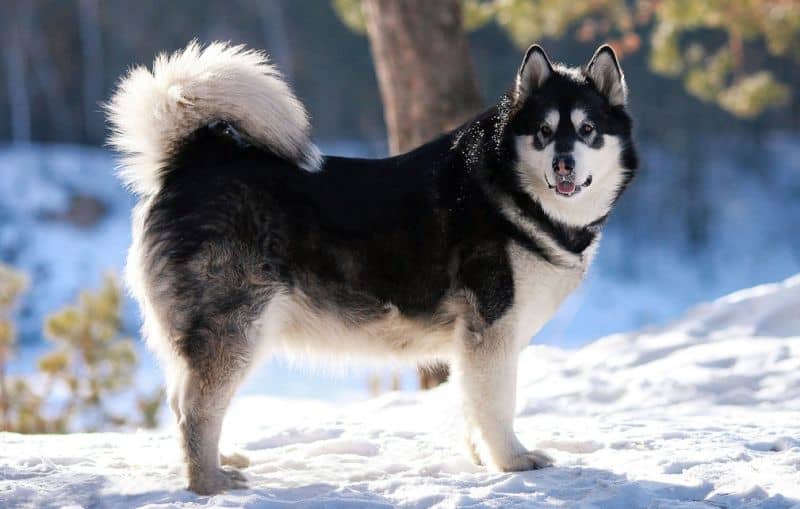
The Alaskan Malamute can be traced back over 4,000 years to the Arctic, where he was used primarily as a hunting companion and sled dog by the Inuit people. Today, he’s still a favorite on sled teams, though unlike huskies, he’s prized for power rather than speed and endurance. Weighing up to 85 pounds, he’s a large, muscular pup (who requires a protein-packed dog food), so early obedience training is a must to establish manners before he’s too strong for his own good.
Malamutes are working dogs at heart and need an owner who can provide daily physical and mental exercise. This breed excels in sled pulling and skijoring, but he’ll also enjoy long hikes and other outdoor adventures. His thick coat does best in colder climates, so those in warmer areas should keep him in air-conditioned areas to prevent overheating.
A kiddie pool full of ice will also be super appreciated!
4. Basenji
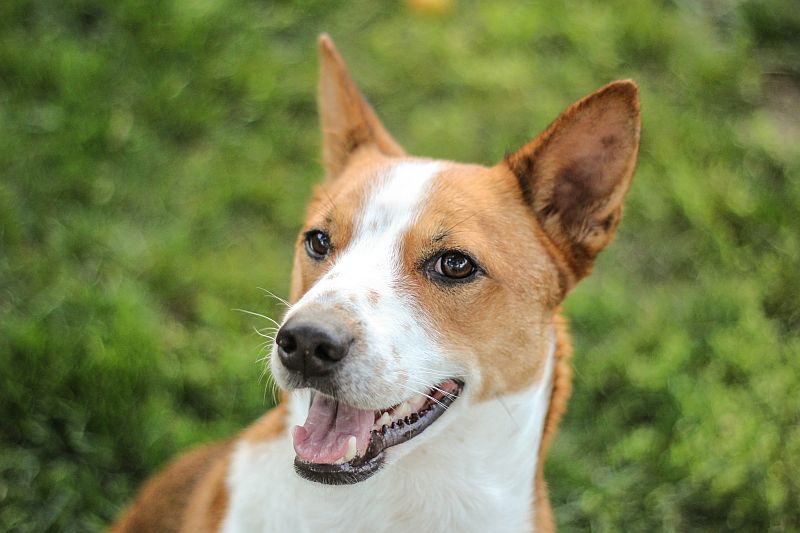
This “barkless” breed comes from along the Nile and Congo Rivers, where he’s lived for thousands of years as a hunting dog and companion. Basenjis don’t bark like other breeds, with yodeling or yipping making up most of their vocalizations. Compact and sporty, the breed is an excellent traveler and makes a wonderful adventure buddy. He should always be leashed on excursions, however, as his hunting instincts are strong, and he can’t be trusted not to run off.
Basenjis, while adorable and famously clean, are one of the most difficult dogs to live with. The breed is intelligent but independent, having a “what’s in it for me?” attitude when it comes to training. He’s not a good choice for newbie dog owners and responds best to reward-based, fun training that isn’t too repetitive.
Barkless doesn’t mean silent. Basenjis can and will produce a cacophony of sounds, from yips to howls to “help my legs are coming off” screams when displeased.
5. Chinese Shar-Pei
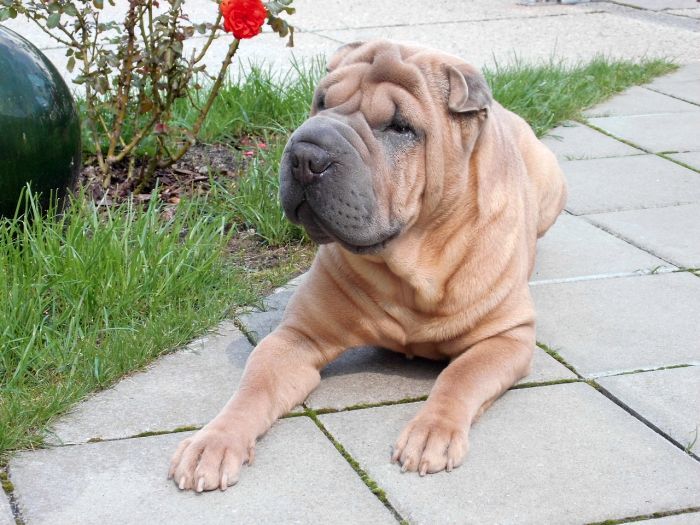
A product of China’s Han Dynasty, the Shar-Pei is a whopping 2,000 years old.
He was originally a peasant’s dog and worked many jobs, including herding, hunting, and guarding, and he remains a highly adaptable dog who can thrive in urban and rural settings alike — provided he’s given proper training and socialization. He’s easy to spot in a crowd with his wrinkled appearance, but when you look a little closer, he has another rare feature: a blue tongue!
The Shar-Pei’s unique appearance is undeniably cute, but it comes with its share of concerns like other extreme looks. For one, the breed’s eyes are prone to problems, like entropion and retinal dysplasia, and his wrinkled skin is susceptible to infections and allergies. Always dry your Shar-Pei thoroughly after bathing and when coming in from the rain, and keep his eyes clean and boogie-free.
6. Chow Chow
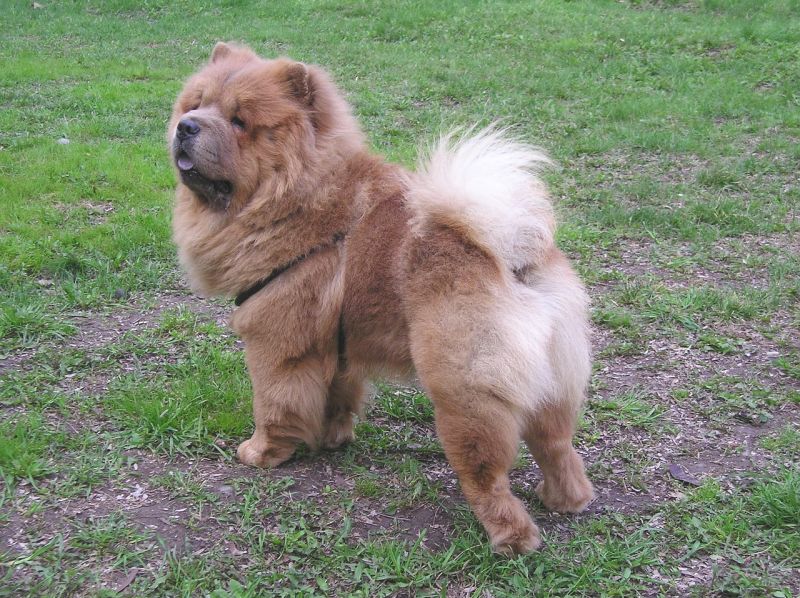
The Chow Chow dates back over 2,000 years to the Han Dynasty of China. He’s held many roles in that time, serving as a hunting dog, guardian, hauler, and pampered royal pet.
His coat comes in rough and smooth varieties, with both having incredibly expressive faces and the breed’s well-known blue tongue. Your Chow needs weekly brushing, especially during shedding season, and rough-coat pups require even more frequent grooming to prevent matting.
Chows are serious dogs, and they won’t bark much, making them a good pick for urban life. But he is not recommended for new dog owners, as his independent nature is almost as impressive as his mane. He needs ongoing, positive training from an early age, with a special focus on socializing, as he can be prone to aloofness with dogs and strangers.
7. Saluki
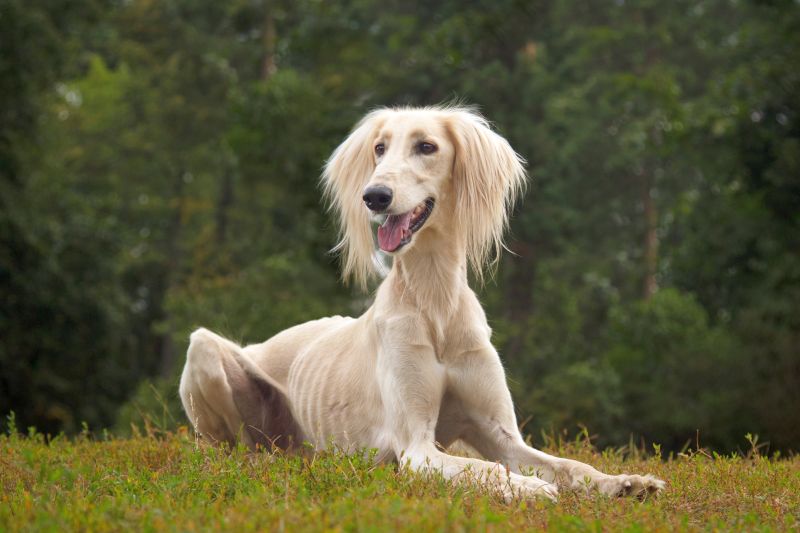
This sleek and sporty sighthound is thousands of years old, first appearing in the Middle East and Egypt, where he was commonly owned by pharaohs and other royals.
His speed came in handy when hunting gazelle, and he is still put to work today in racing and lure coursing sports. Daily leashed walks are a must with your Saluki, along with off-lead runs in secure areas. His strong chasing instincts are matched by his insane jumping abilities, so only allow him to roam free where large, jump-proof fences are in place.
The Saluki comes in smooth and feathered coats that require occasional brushing to remove dead or loose hair, though feathered Salukis need more frequent sessions to prevent matting around their ears and tail. The breed is a light shedder with little doggy odor, so he’s an easy keeper in that area, but he makes up for it with mischief. Crate training your Saluki is highly recommended along with daily mental workouts to prevent destructive behavior stemming from boredom.
8. Samoyed
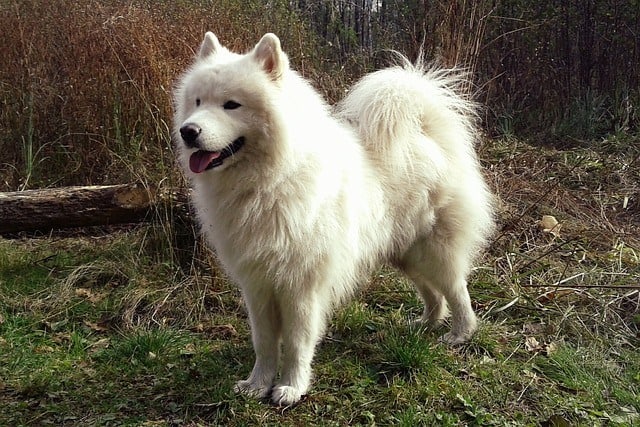
This smiling sweetheart dates back over 2,000 years to the Samoyedic people of modern-day Siberia. The Samoyed was a multipurpose companion for the tribe, functioning as a hunting dog, sled puller, watchdog, and warming buddy thanks to his dense coat. Today, the Samoyed is still a beloved sled puller, though he also excels as a hiking, biking, or jogging companion.
Also called “Sammies,” Samoyeds can be expensive dogs, but they are one of the sweetest northern breeds around. They’re also one of the best family dogs, but they can be a handful when it comes to training. Remember to keep sessions short and focused but fun, with lots of positive reinforcement for a job well done. Never harshly correct your Sammie, as his spirit is delicate.
9. Siberian Husky
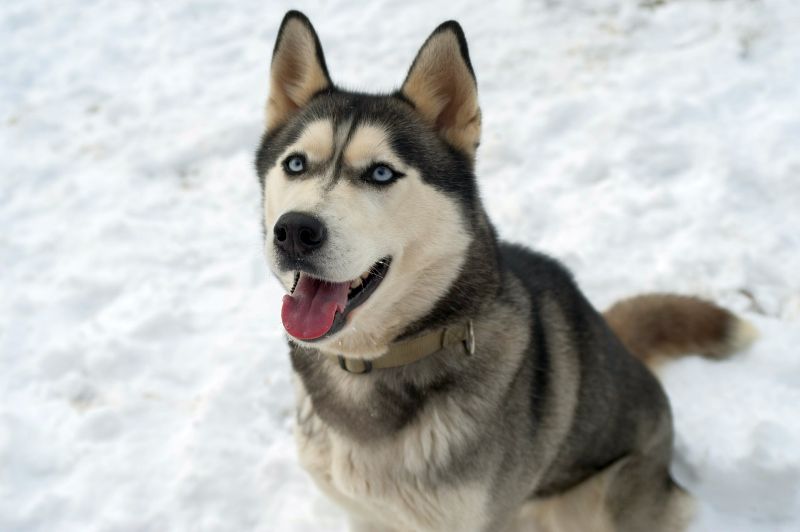
This all-around athlete got his start thousands of years ago with the Chukchi people of northeastern Asia. As a sled puller, teams of huskies would haul supplies over large spans of land in freezing temperatures, an activity they’re still used for today. He’s the ultimate pick for a hiking companion or jogging buddy, but make sure he’s kept cool in warmer climates to prevent overheating.
The husky is not recommended for novice owners, as he can and will test boundaries. A highly active and sociable breed, he needs daily physical and mental exercise, preferably with a friend. He’s not a good choice for apartment life, either, since he isn’t afraid to voice his displeasure about anything and everything, whether it’s your neighbor’s doorbell or being left alone.
10. Pharaoh Hound
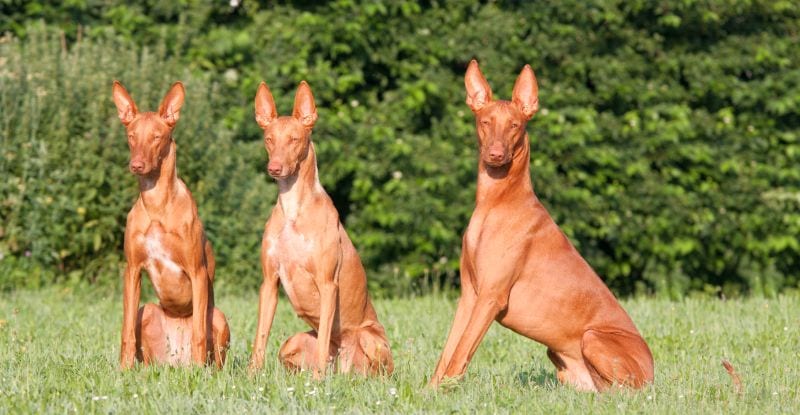
This stoic gentleman first appeared over 2,000 years ago in the Mediterranean region, where he was used as a hunting dog.
With a long, lanky build, he’s quick on his feet, and today, this natural athleticism helps him thrive in lure coursing, agility, racing, and more. As you might guess, this means the pharaoh hound needs daily exercise, generally satisfied by several long walks or jogs.
A highly affectionate dog breed, who’s good with kids, the pharaoh hound makes a wonderful family dog. He gets along great with other dogs, but he isn’t recommended for life with cats or other small pets, as he has a strong chasing instinct. He also shouldn’t be trusted off-leash, as he will bolt if he sees something interesting.
11. Lhasa Apso
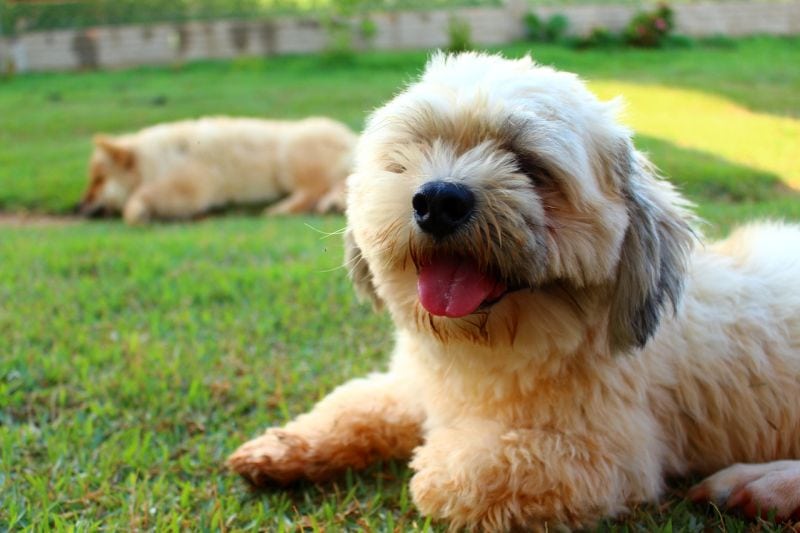
Originating high in the Himalayas of Tibet over 1,000 years ago, the Lhasa Apso has endured the test of time and remains a treasured companion and watchdog. He’s the life of the party with his family, excelling at snuggling and putting a smile on your face, but he’s not as friendly with strangers, preferring to view them from a distance. Socialize him with new people from an early age, but don’t expect him to win any prizes for charisma.
The Lhasa is a good dog breed for small apartments, and even better if you’re looking for a big dog in a small package, as his personality and interests are sportier than most pups his size. Agility is a favorite pastime of his, and since he’s one of the more people-pleasing small dogs, he’s a solid choice for obedience, too.
Just keep in mind that his long coat needs considerable maintenance, though a shorter clip every few weeks makes daily life much easier.
12. Xoloitzcuintli
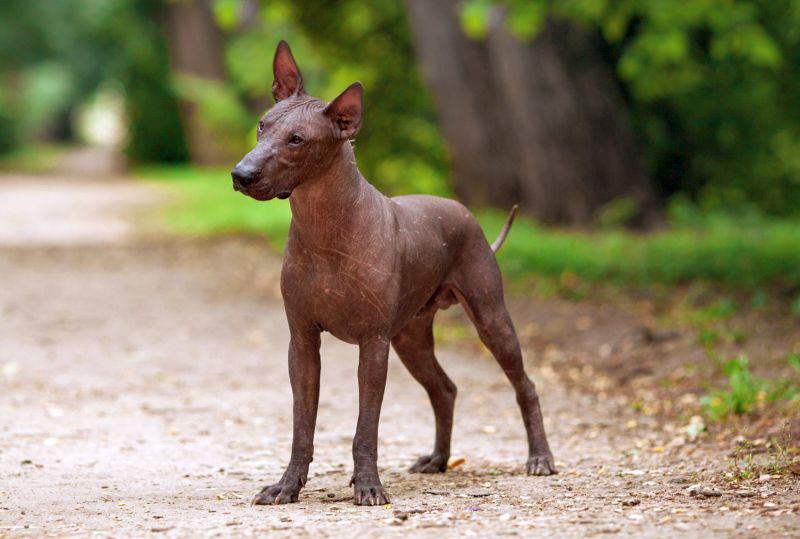
The Xoloitzcuintli or Xolo is a staggering 3,000 years old. This Aztec dog of the gods is originally from Mexico and was viewed as a sacred guide to the afterlife, serving as a prized companion. The breed comes in hairless and coated versions and three sizes: toy, miniature, and standard.
His loyalty and affectionate nature make him an excellent family dog, and with relatively modest exercise needs, he’s a good choice for apartment life.
Hairless Xolos may look like they don’t need much grooming, but regular bathing is important to keep their skin looking its best. The breed is prone to breakouts, similar to acne in humans, and he can get oily, leaving residue around the house if not cared for properly. Special care should be taken to avoid sunburn, with t-shirts, dog-safe sunscreen, and shaded conditions needed to protect his delicate skin.
13. Pekingese
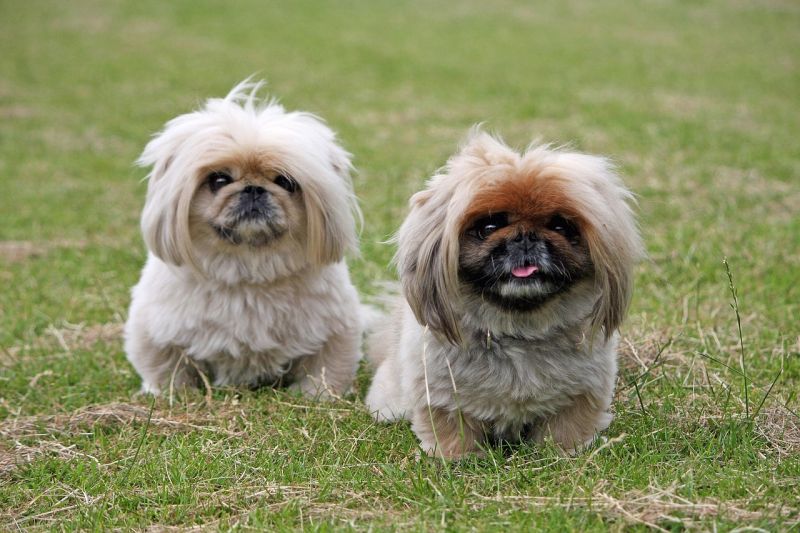
This lovely little guy dates back over 2,000 years to the Han Dynasty in China. A favorite among royals, these divas enjoyed the ultimate life of leisure and were seen as a status symbol. Peke owners often joke that this history is to blame for the breed’s attitude, viewing most cues and commands as suggestions rather than requirements. Stubbornness aside, Pekes are quintessential lapdogs, loving nothing more than spending time with family, preferably snuggled close.
The Peke’s flowing coat gives him Fabio-esque good looks, but all that fuzz requires a ton of upkeep. Expect to spend time combing your Peke daily, focusing around tangle-prone spots like his ears and legs. Keeping him clipped short can help, as can a much-needed sanitary trim, freeing his hind end from possible poo-splosions.
Pekes are prone to heart issues, so stick to yearly checkups, keep yours at a healthy weight, and monitor any murmurs. With proper care and medication, your Peke can go on to live many happy years, even with a heart problem.
My ancient Peke, Taj, has had a murmur for many years and only recently started daily meds, though he thinks they’re just fancy cheese balls.
14. Shih Tzu
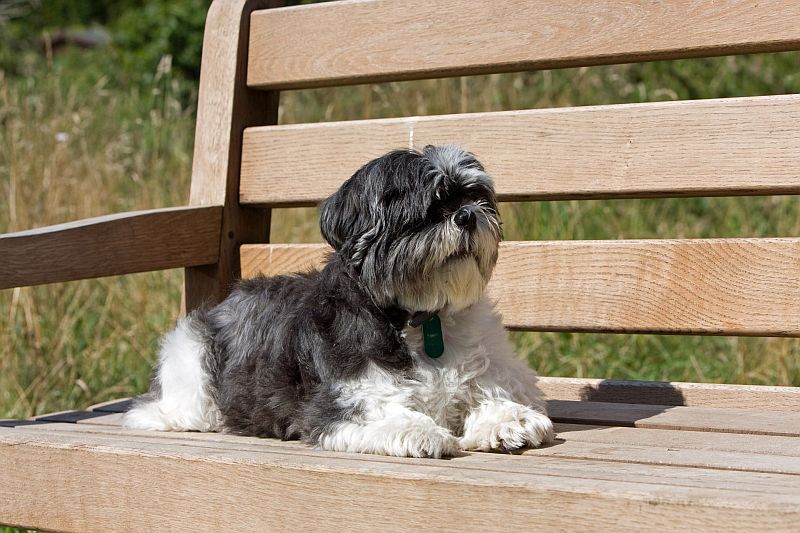
Hailing from the halls of Chinese rulers, this long-haired lovebug came into fruition thousands of years ago. Thought to be the product of breeding the Pekingese and Lhasa apso, the shih tzu or “lion dog” was and is a beloved companion with seemingly endless affection for his master. His expressive face is often called dignified, though he isn’t afraid to turn on his puppy dog eyes for a treat.
While the shih tzu makes a wonderful lapdog, he isn’t the most obedient breed in the bunch. Independence is his middle name, and housetraining your shih tzu can be exceptionally difficult, as can teaching him to tolerate grooming.
Early, reward-based training is essential in preventing problem behaviors. It’s also recommended you have a sense of humor, as this little clown prefers to goof off more often than not.
15. Shiba Inu
At almost 2,000 years old, the Shiba is certainly an old breed.
Originally from Japan, this petite pup was first put to work as a hunting dog in the country’s harsh mountain regions, where his thick coat insulated him from the cold and brush. This coat also sheds heavily, so invest in a good vacuum to keep up with it, or you might experience an abundance of tumbleweeds around the house.
Shibas are snugglebugs with their owners but highly suspicious of strangers, sounding the alarm for every new face around the home, whether it’s a deliveryman or a squirrel. Early socialization is recommended along with crate training, as your Shiba might redecorate your house as he sees fit if he’s bored.
He needs daily, leashed walks and mental stimulation, with dog puzzles a good choice for keeping him busy.
16. Japanese Chin
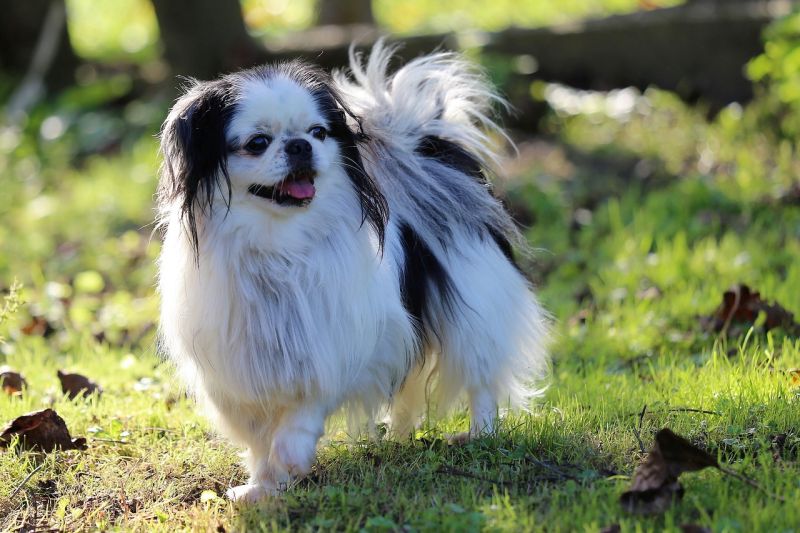
Few breeds origins are as hotly contested as the 1,000-year-old Japanese chin. Some claim he’s from Japan, as his name implies, while others argue China, and still others claim he came from Korea. Regardless of where he first appeared, he’s always been a lapdog, delighting royalty with his playful nature and unique look. His handsome coat might look like it’s a handful, but all he really needs is weekly brushing and occasional trims.
The Japanese chin’s stubbornness and short attention span can be hard to handle at times. The secret to helping him thrive in training is positive, reward-based methods in short, fun sessions. Don’t give him the opportunity to get bored, and he’ll wow you with his eagerness to please and earn a goodie.
17. Tibetan Terrier
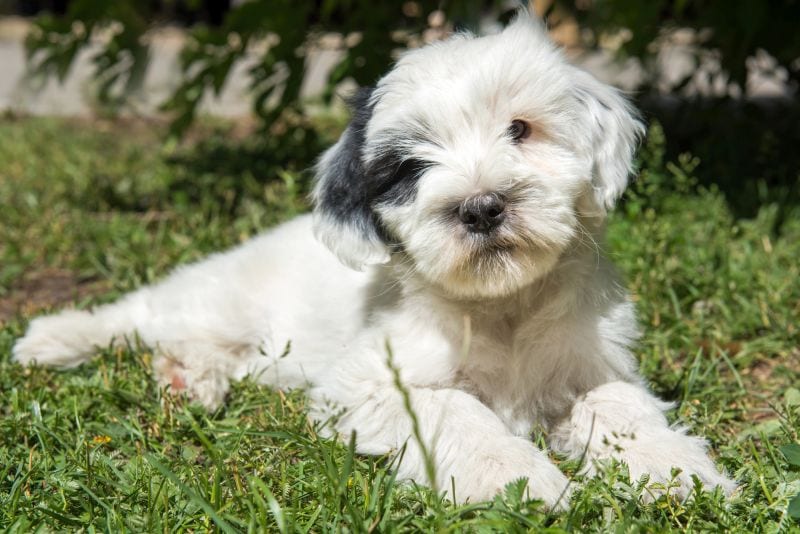
A foundational breed for the Lhasa Apso, Tibetan spaniel, and more, this handsome floof dates back thousands of years to the mountains of Tibet. He’s been a dog of all trades over the years, serving as a companion and watchdog at monasteries as well as a herder, flock guardian, and retriever. He remains a versatile dog today, excelling at various activities, whether he’s working as a lapdog, obedience whiz, or agility all-star.
The Tibetan terrier needs regular brushing and sanitary trims to prevent matting, but opting for a shorter clip can make day-to-day grooming easier. Shorter hair around the eyes is especially important for monitoring, as the breed is prone to eye issues.
He’s a great pick for apartment life, with relatively modest exercise needs.
18. Canaan Dog
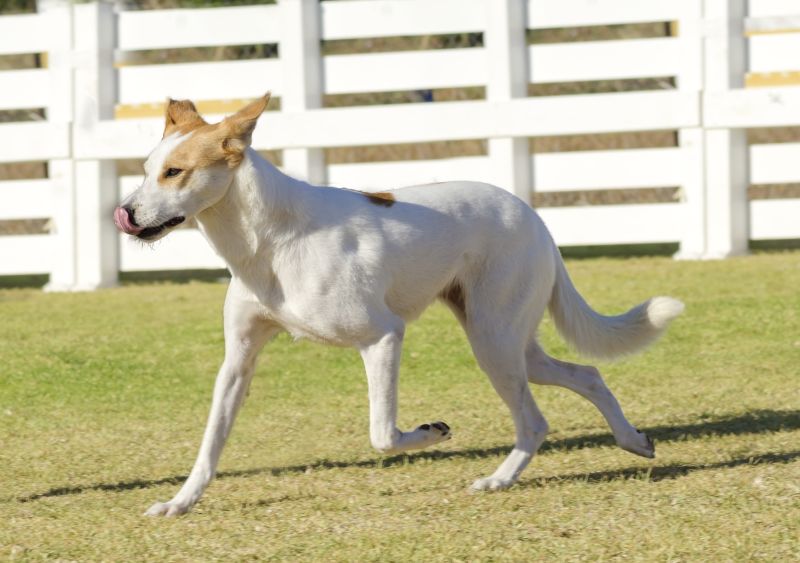
At over 4,000 years old, the Canaan dog is one of the oldest breeds out there, hailing from the Middle East.
As a herder and livestock guardian, he’s naturally athletic, though his exercise needs aren’t as extreme as collies and shepherds. His skills lend well to canine sports like agility and lure coursing, but a long daily walk, hike, or jog are great options too.
Canaan dogs are good family dogs and relatively easy to train. They’re intelligent and eager to please, which makes them excellent choices for newbie dog owners. That said, always keep his training fun and upbeat, as he’s one of the more sensitive breeds.
19. Tibetan Mastiff
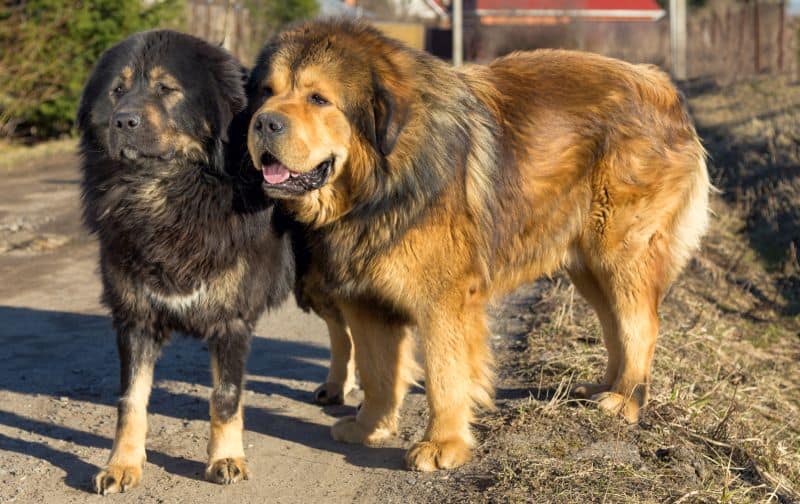
The Tibetan mastiff is at least 2,000 years old and is a distant relative of the modern-day Saint Bernard, Great Pyrenees, and more. He got his start as a watchdog and livestock guardian, two jobs he still routinely holds today. His dense, double coat sheds twice a year heavily and requires frequent brushing to remove loose hair and prevent tangles.
A massive dog that weighs well above 100 pounds, the Tibetan mastiff requires early obedience training to establish basic manners before he’s too large to handle. He’s not a fan of strangers, so don’t expect him to be much of a social butterfly, but he should still be socialized early on enough to avoid fear aggression.
Despite his large size, he doesn’t need much exercise, with a daily walk and romps around the yard sufficing.
20. Dingo
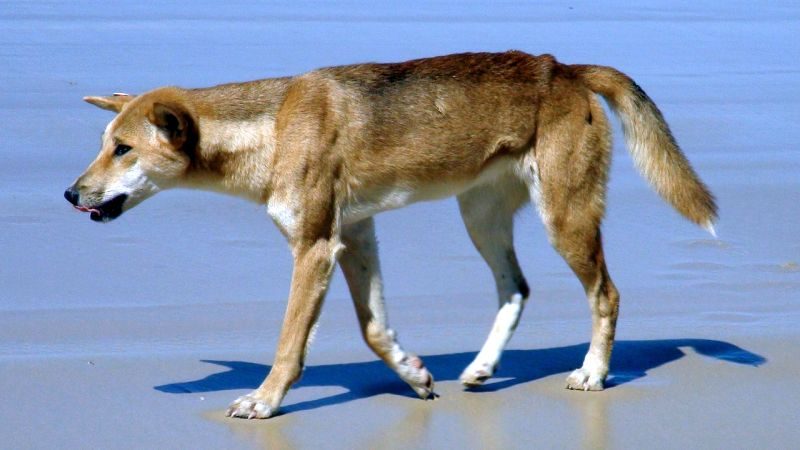
Though not commonly kept as a pet today, the dingo originally came from domesticated canines in Australia over 3,000 years ago. Today, dingoes roam much of the Australian continent, preying on fish, marsupials, rabbits, and more. Dingoes are primarily wild dogs now but are occasionally kept as pets and are recognized as part of the Australian National Kennel Council’s hound group.
Owning a dingo isn’t like having other breeds, and they’re not recommended for most people. Wild instincts like a high prey drive, aloofness, and independence are still prevalent in domesticated dingoes, and these traits don’t lend well to life with humans.
Pet dingoes may frequently try to escape or refuse commands, and depending on your local jurisdiction, ownership may be banned or come with strict guidelines, such as specific housing laws or permits.
21. New Guinea Singing Dog
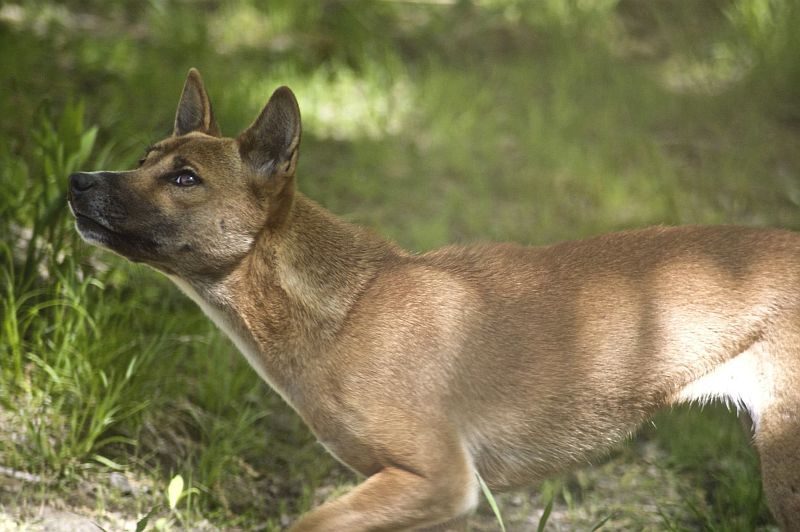
Dating back more than 5,000, this primitive canine still lives both as a free-roaming creature and domesticated companion in the remote nation, though they are quite rare.
More often, you’ll find NGSDs in zoos as conservationists are trying to bring them back from near-extinction. Named for their unique “singing” vocalizations, the dog’s distinct sound is a cross between a coyote’s howl and the opera singing commonly seen in huskies.
As with dingoes, the New Guinea singing dog is rarely owned as a pet and wouldn’t make the best option for most people. They are wild dogs at heart with strong instincts that don’t work well with domesticated life. They may also be banned where you live or require special permits and habitats.
What Makes a Dog Breed “Ancient?”
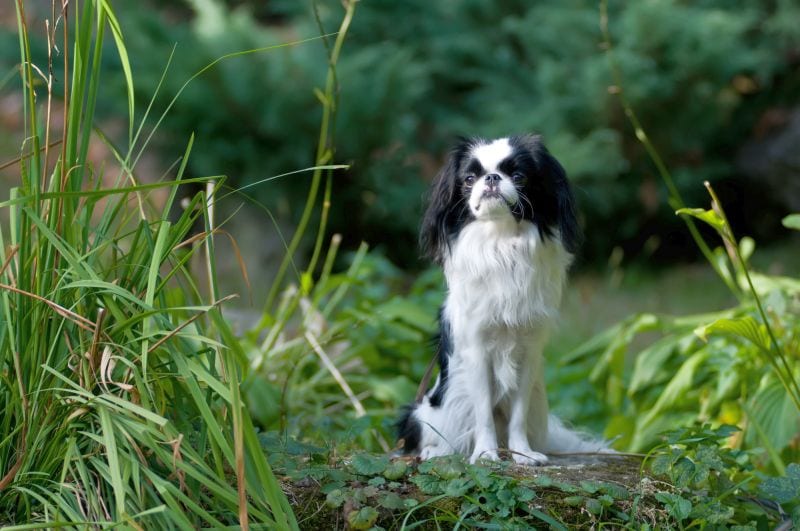
Countless dog breeds have existed, but relatively few have withstood the test of time to still flourish today, thousands of years after creation. These so-called ancient dog breeds are not only found in written works (though some pre-date even that), but are also in the fossil record, sometimes buried alongside their owners or depicted in art.
Compared to more modern breeds like the American bulldog or Biewer terrier, these canines have been around for at least a thousand years.
Are There Any Extinct Dog Breeds?
Unfortunately, not every dog breed that’s ever existed is still around today. Over time, some fade out of favor for newer breeds or dwindle in numbers due to health issues. You can trace modern breeds back to many of these handsome hounds and learn about your own dog’s origins in the process.
Throughout history, you can find many fascinating extinct dog breeds to explore, including:
- Kuri: A native of Polynesia, this small canine had pricked ears and a bushy tail.
- Chiribaya: This rough-coated Peruvian pup’s remains are often unearthed with their human masters.
- Hawaiian poi dog: Owned by native Hawaiians, this medium-sized dog was seen as a spiritual protector of children.
- St. John’s water dog: Labradors and golden retrievers are descendants of this large, water-loving Newfoundland native.
- Molossus: A favorite in ancient Greece, this massive canine was a hunter, guardian, and military dog.
- Chinese happa dog: A relative of the modern-day pug and Pekingese, this bug-eyed buddy faded out in the 1900s.
- Hare Indian dog: This small, pointy-eared breed lived amongst the indigenous people of Canada.
- Alpine mastiff: A native of the Alps, this mighty molosser is related to the English mastiff we know and love today.
- Cumberland sheepdog: Disappearing in the early 20th century, this talented herder is a relative of the border collie.
- Bullenbeisser: Originally from Germany, this boxer dog relative was also called the German bulldog.
***
Do you have one of these ancient dog breeds in your pack? Do you have another we didn’t list? Share with us in the comments!
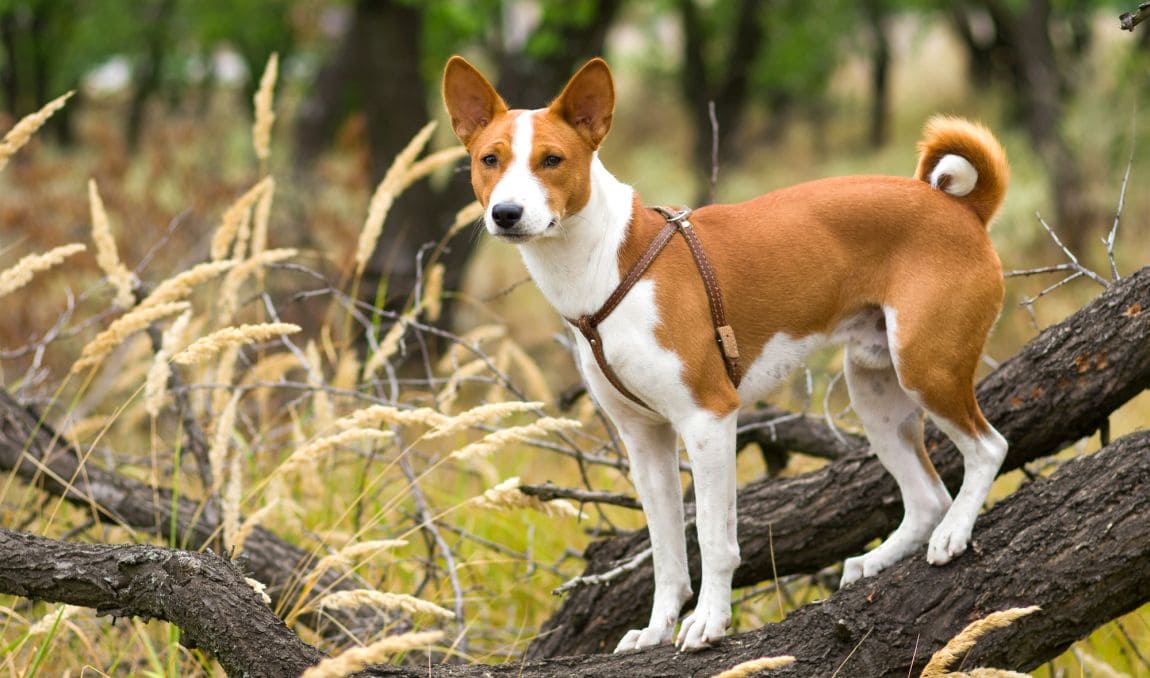

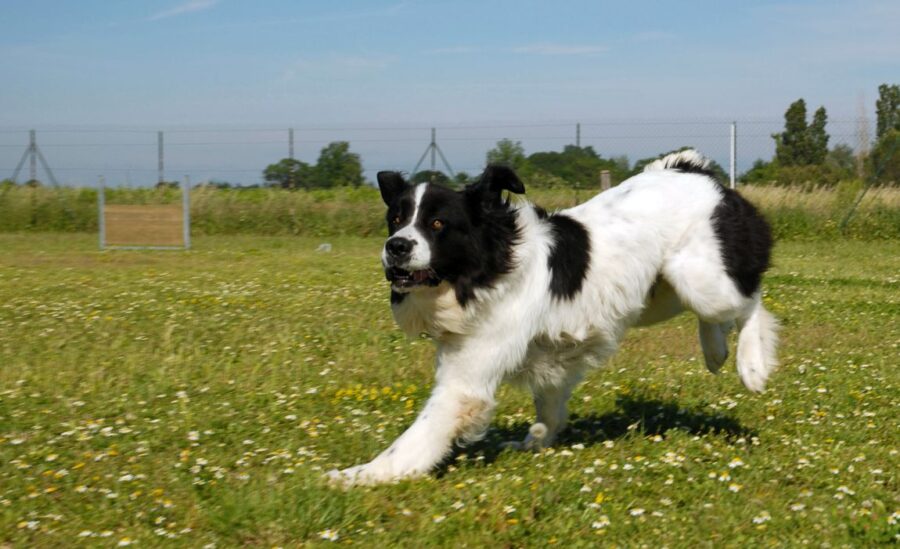


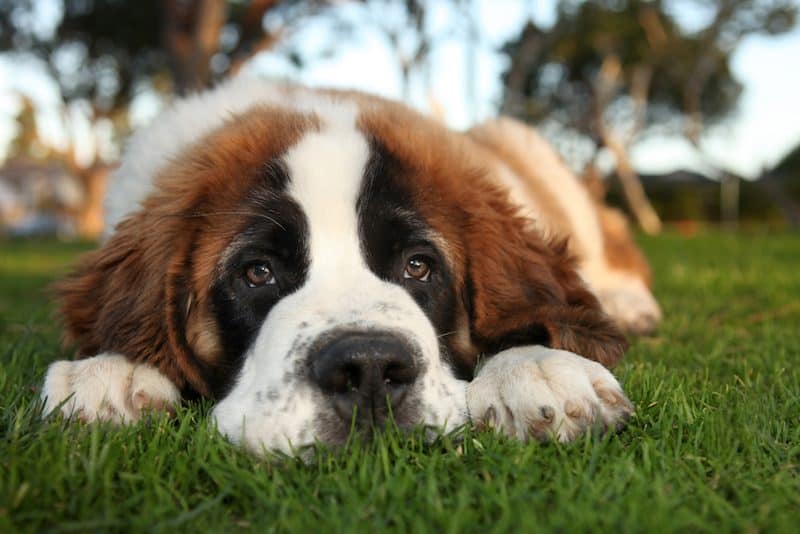

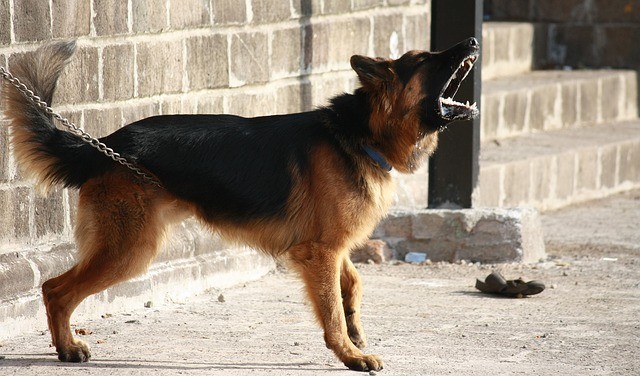
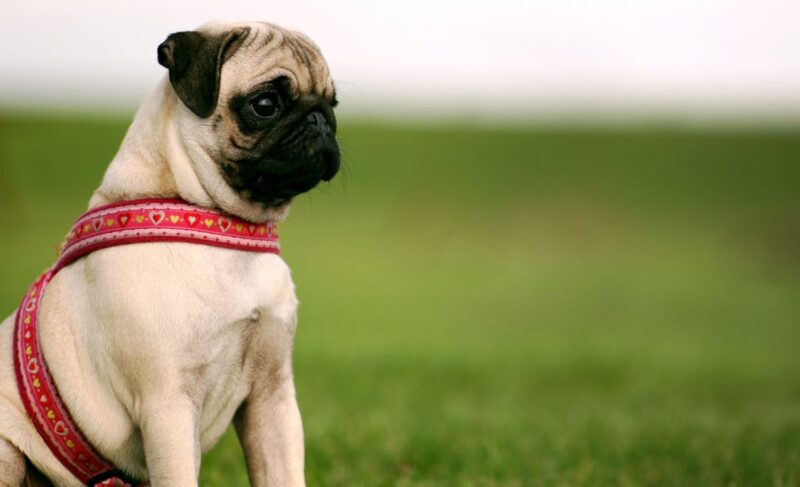
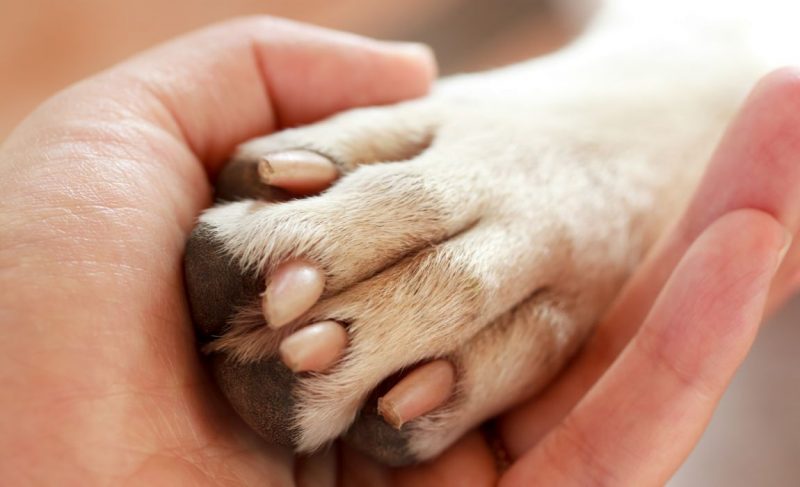
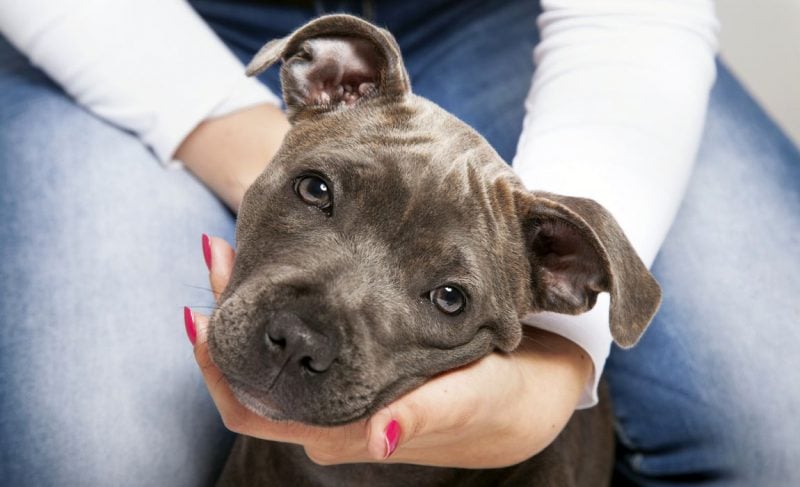
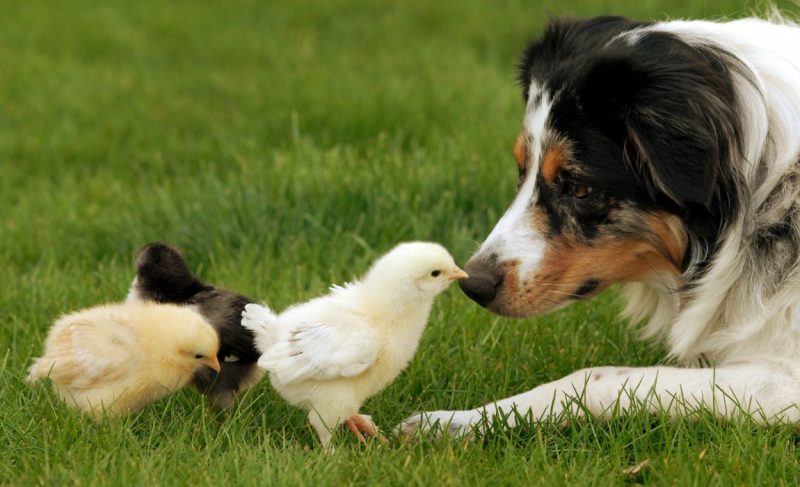

Leave a Comment